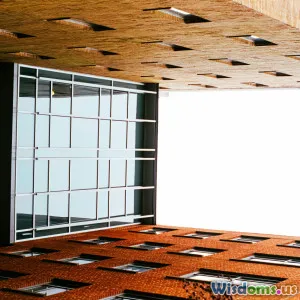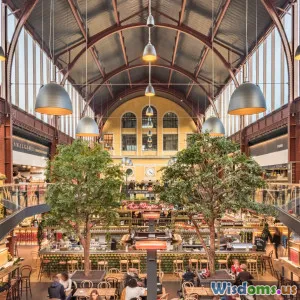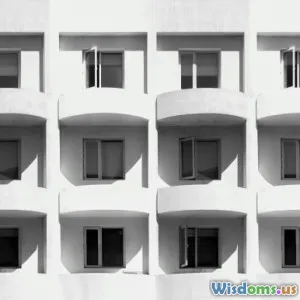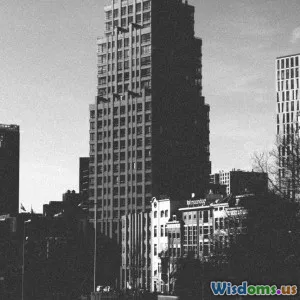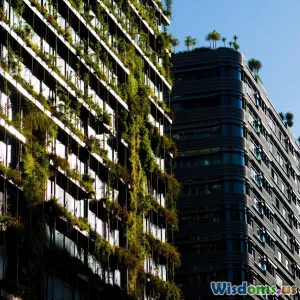
How to Effectively Blend Traditional Brick with Modern Materials
13 min read Learn how to seamlessly combine classic brickwork with contemporary materials for stunning, durable architectural designs. (0 Reviews)
How to Effectively Blend Traditional Brick with Modern Materials
When walking through dynamic city landscapes or picturesque revitalized neighborhood blocks, it's easy to notice how elegantly historic brick buildings coexist with bold steel, shimmering glass, and innovative concrete forms. Blending traditional brick with modern materials isn't just about aesthetic fusion—it's also a sophisticated exercise in honoring the past while embracing the future. This article explores strategies, tips, and considerations for harmonizing brick with contemporary building elements in architecture and interior design.
Understanding Brick's Enduring Appeal

Brick has stood the test of time thanks to its durability, timeless charm, and cultural resonance. Historic cities—like Boston, London, or Prague—feature rows of brick facades that have weathered centuries.
- Historical significance: Brick buildings often become iconic (think: the red-brick warehouses at Liverpool, the brownstones of Brooklyn).
- Visual warmth: The textured, earthy hues of brick lend a grounding warmth and tactile dimension.
- Performance: Brick provides excellent thermal mass, regulates indoor climates, and is fire-resistant.
Example: The Walker Art Center in Minneapolis preserves original brick walls in its redesign, juxtaposed with glass and steel, celebrating the building's heritage while supporting modern functions.
The Role of Modern Materials in Contemporary Design

Modern architecture leans into materials like steel, glass, and engineered concrete for a clean, forward-thinking aesthetic. These materials also enable creative structural solutions:
- Steel: Allows for open floor plans and cantilevered structures due to high tensile strength.
- Glass: Introduces transparency and daylight, blurring boundaries between interior and exterior.
- Concrete: Offers unmatched versatility; can be molded, colored, or finished to various textures.
Case Insight: The Hearst Tower in New York merges a classic 1920s brick facade with a striking triangular glass-and-steel skyscraper, bridging architectural eras visibly and structurally.
Principles of Successful Blending
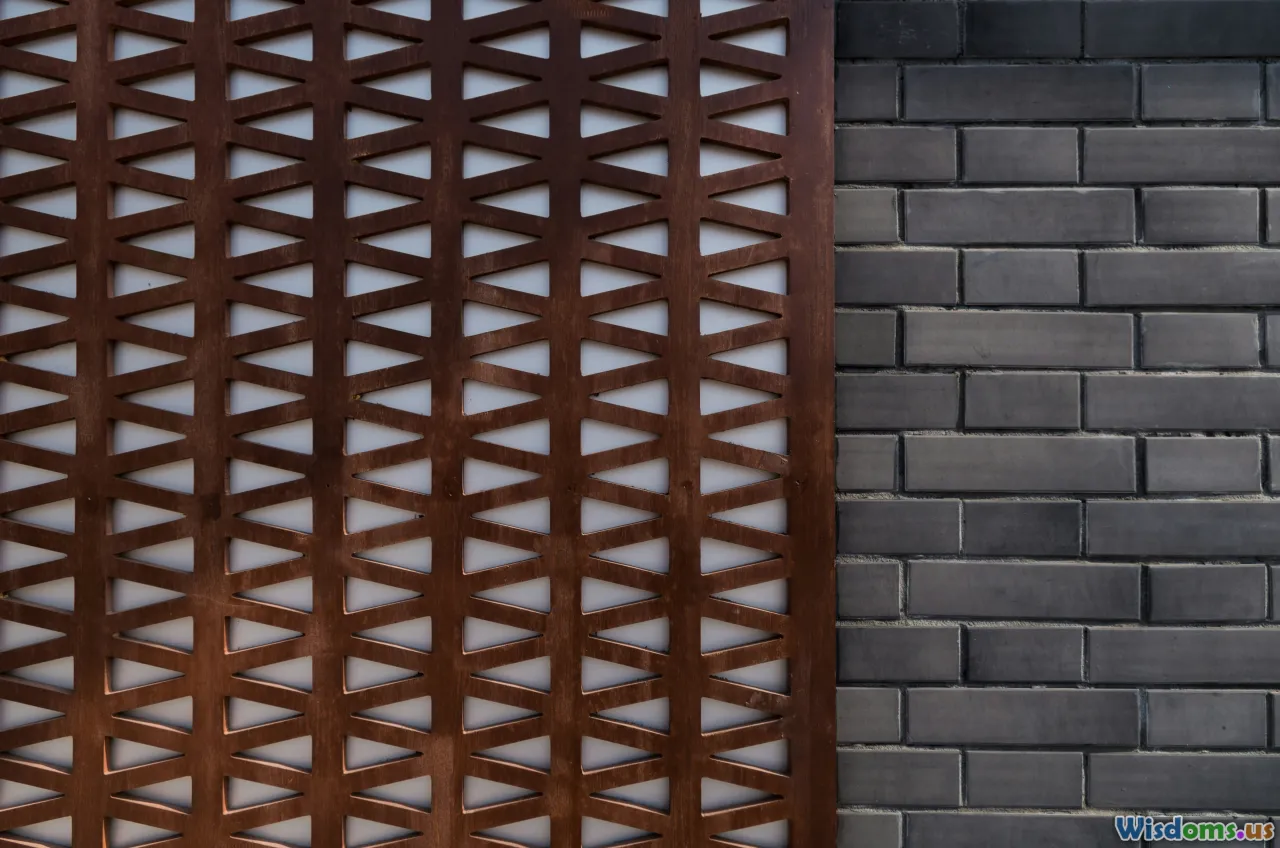
To marry old and new harmoniously, consider these design principles:
Celebrate Contrast, Not Camouflage
Don’t hide differences—embrace them. The most successful blends emphasize material distinction rather than disguise.
- Accentuate transitions with shadow reveals, step-backs, or deliberate shifts in color or finish.
- Create visual tension; juxtaposing warm, textured brick with glossy, cool glass heightens both materials’ appeal.
Proportional Relationships
Respect the scale, massing, and rhythm of the original brick elements. New additions should echo or complement these patterns.
- Align joints and cornices;
- Reference historical window spacing in contemporary facades;
- Use proportions that relate to historical precedent—but with a modern twist.
Honest Expression of Each Material
Show materials in their true form—don’t mimic brick with stamped concrete panels or cover steel with faux finishing.
In Practice: The Tate Modern in London boldly links the old brick Bankside Power Station with a contemporary extension, clarifying old-versus-new through materials and form.
Strategies for Exterior Blending
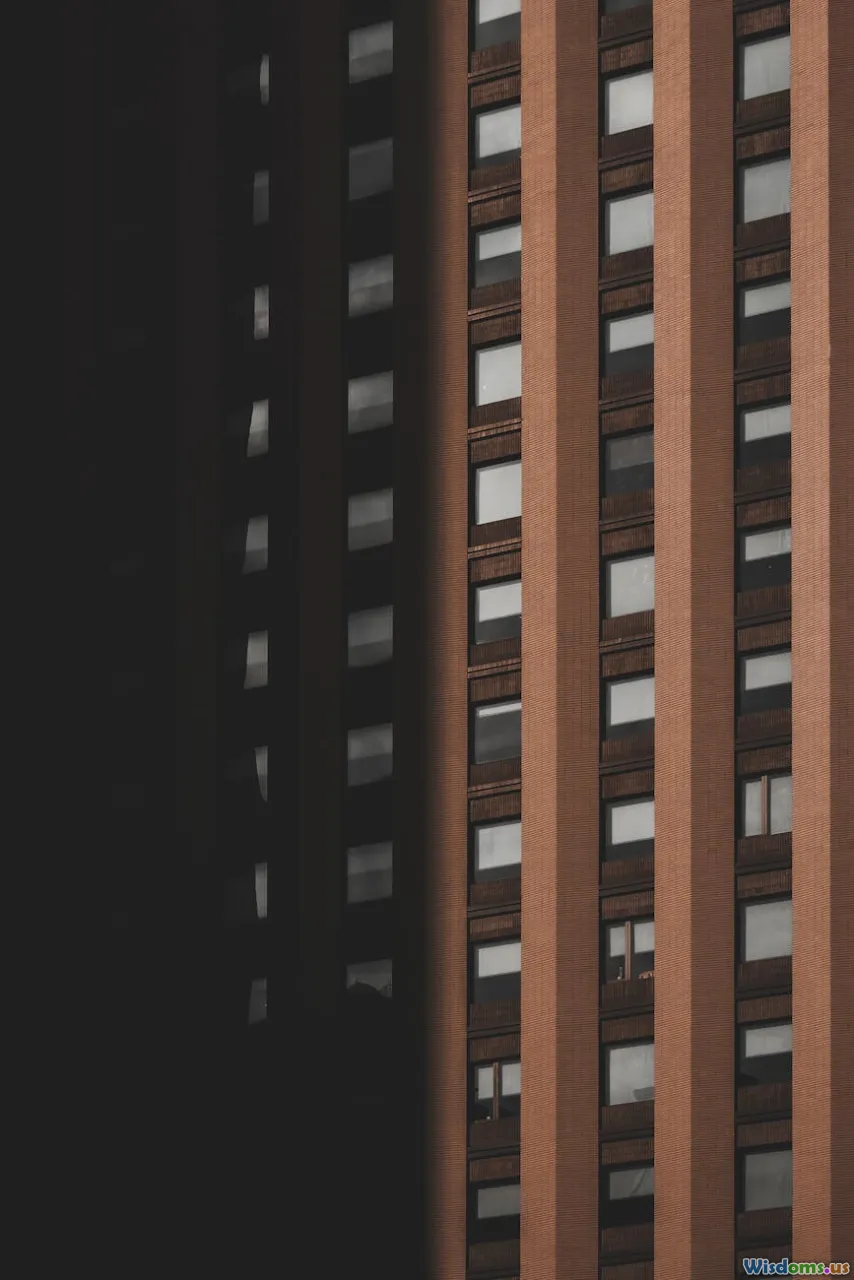
The building's envelope is where the stylistic dialogue between brick and new materials becomes most public. Here’s how to balance both:
Envelope Layering
Layering enables designers to wrap new construction behind preserved brick facades or vice versa.
- Set new metal and glass volumes slightly back from the line of historic brick walls to distinguish them spatially.
- Use brick as a ‘shell’ or frontispiece, with modern materials visually supporting it.
Example: At the Glassell School of Art in Houston, bright steel panels gently recede behind expanse of classic brickwork.
Additive and Subtractive Techniques
- Additive Approach: Add sleek glass-box extensions or steel stair towers adjacent to brick buildings, maintaining clear material thresholds.
- Subtractive Approach: Cut deep window slots or doorways into heavy brickwork and fill them with slender steel or glass frames for dramatic effect.
Connective Devices
Employ features that unify the old with the new:
- Horizontal bands or datums to visually tie brick and modern cladding together.
- Repetition of details like window types, coping materials, or integrated lighting across material transitions.
Integrating Brick and Modern Elements Indoors
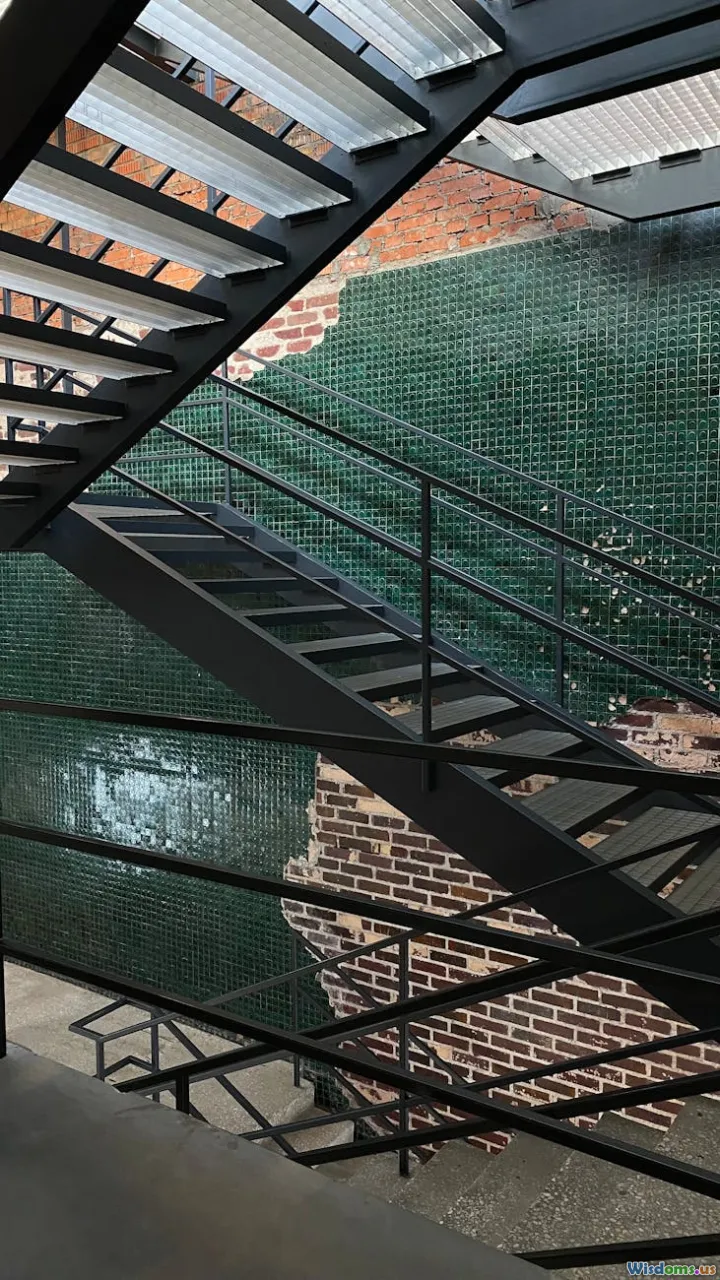
Contemporary interiors thrive on the character of exposed brick elements alongside minimal modern finishes.
Exposed Brick Walls Meet Modern Fixtures
- Maintain original brick walls as focal points, adding contrast with smooth white drywall, industrial steel beams, or glass partitions.
- Float open-riser stairs or sleek metal shelving in front of preserved brick backdrops for texture depth.
Transitions at Junctions
Consider specialized details where materials meet:
- Insert shadow joints, recessed LED lighting, or thin metal reveals at brick-to-glass intersections.
- Use timber or zinc trim for a warm buffer between the old and new material components.
Residential Tip: In converted lofts, keeping brick piers and arches visible while introducing streamlined modular kitchens or minimalist bathrooms makes both elements read more distinctly.
Performance, Sustainability, and Resilience Considerations
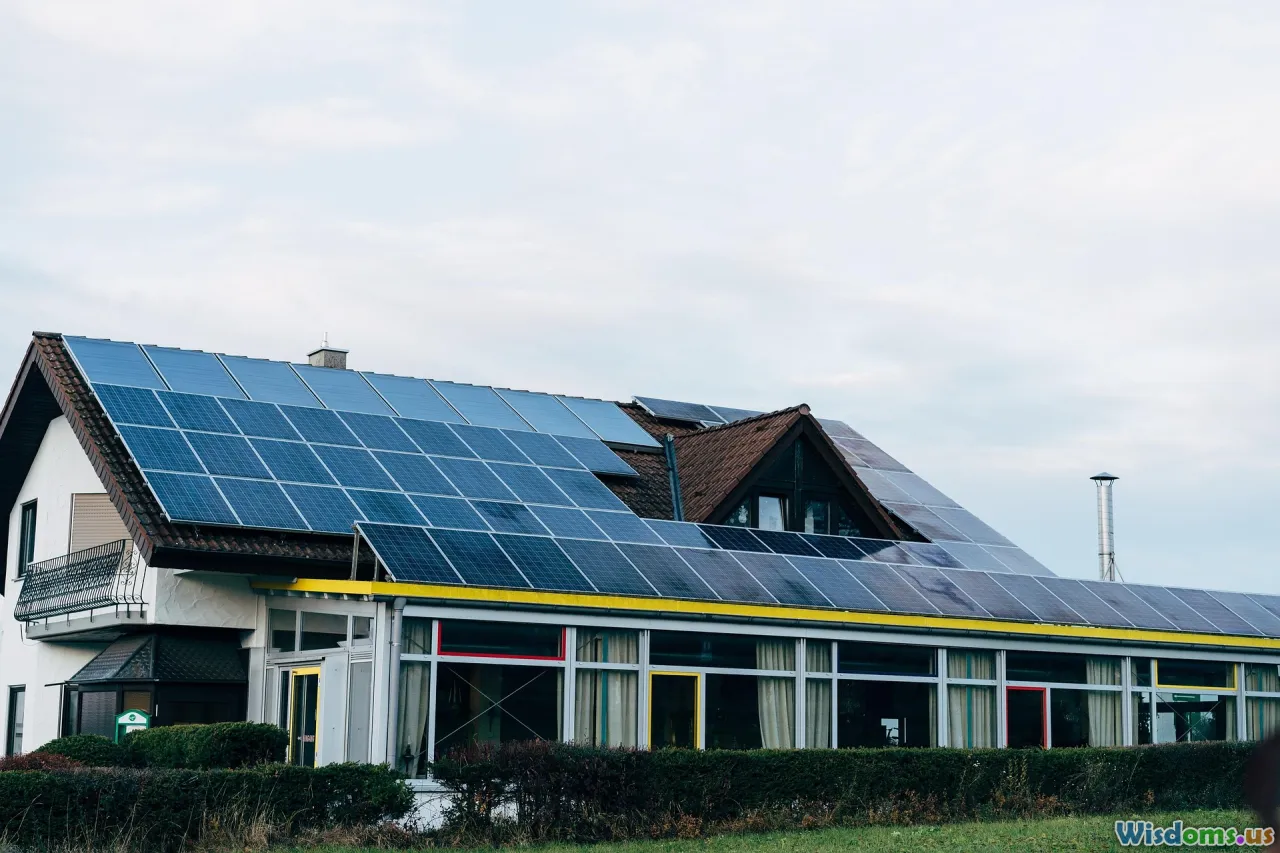
Blending materials isn’t just about aesthetics. Performance must be paramount—especially regarding sustainability and code compliance.
- Thermal Bridging: Where steel meets exterior brick, anticipate heat-loss risks and detail insulation and vapor barriers meticulously.
- Daylighting: Adjacent glass and light-toned finishes can bounce sunlight onto dark brick surfaces, reducing power usage.
- Material Sourcing: Reuse old brick from demolition (if possible) or choose regionally appropriate reclaimed or low-carbon bricks. For new materials, prioritize those with robust sustainability certifications (e.g., steel with high recycled content).
Fact: According to the U.S. Green Building Council, using reclaimed or recycled-content brick and steel can contribute to LEED points in restoration and new-build fusion projects.
Five Actionable Tips for a Harmonious Blend
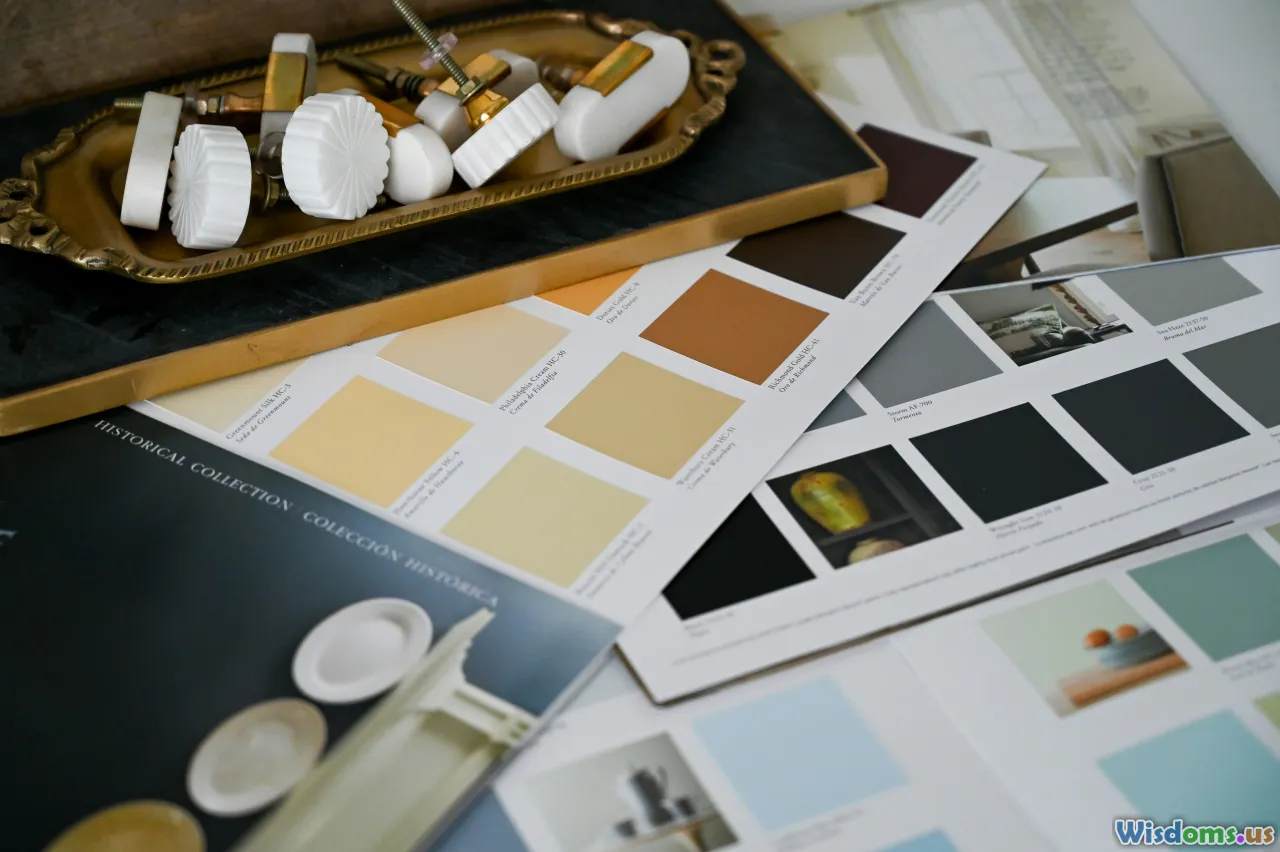
- Mock Up Early: Build onsite material mockups to see how brick interacts with metals, glass, or composite panels—in daylight and at night. This helps avoid unforeseen aesthetic clashes.
- Respect Context: Research the neighborhood—borrow elements of coloration, module size, or patterns from local brickwork.
- Consult Specialists: Collaboration with restoration masons, façade consultants, and structural engineers ensures both seamless integration and code compliance.
- Lighting Matters: Clever lighting unites materials after sundown. Uplight brick, wash steel panels, or backlight partial glass walls for nighttime harmony.
- Flexibility in Design: Don't force alignment—sometimes, a deliberate break or offset line makes both the brick and contemporary materials pop.
Tip in Action: The Fondation Louis Vuitton in Paris incorporates a 19th-century hunting lodge's brick core, encased under a breathtaking cloudlike glass structure—achieved by detailed pre-construction coordination between trades.
Learning from Outstanding Projects
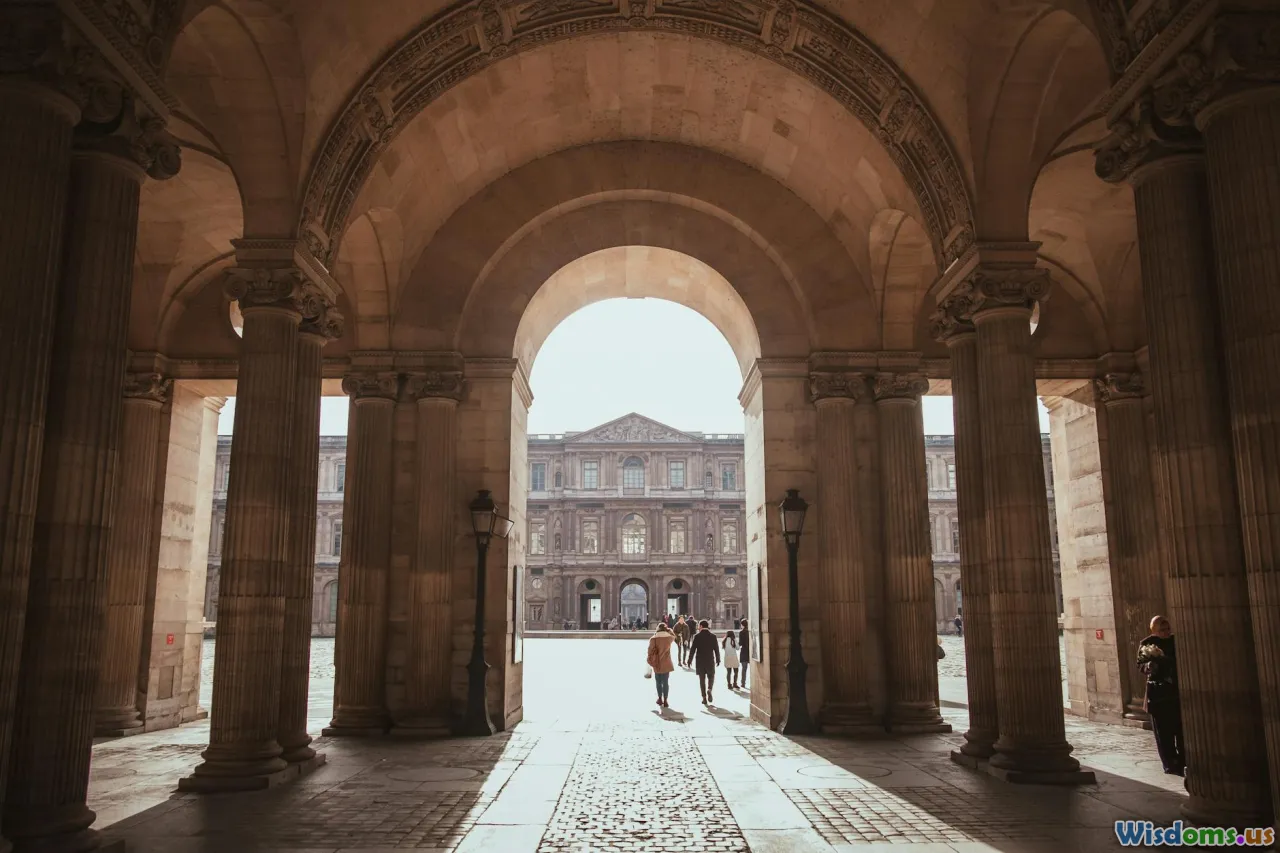
The Great North Museum, Newcastle
A renowned example of seamless combination, this restoration merges a Georgian brick façade with contemporary zinc and glass walls. Historic windows are echoed in new areas with modern material forms, asserting unity across centuries.
Toronto Brick Works
Here, a derelict brick factory was reborn as a vibrant cultural site, with new Corten steel canopies and glass ramps highlighting—rather than overpowering—the original industrial brickwork. The new elements' weathered finishes complement old surfaces, providing narrative continuity.
Chicago’s Monadnock Building Additions
The city’s signature brick high-rise now includes a new glass and steel lobby retrofit, where the transparency and reflectivity underscore brick’s sturdy visual anchorage, and environmental controls greatly improve staff comfort.
Common Pitfalls and How to Avoid Them
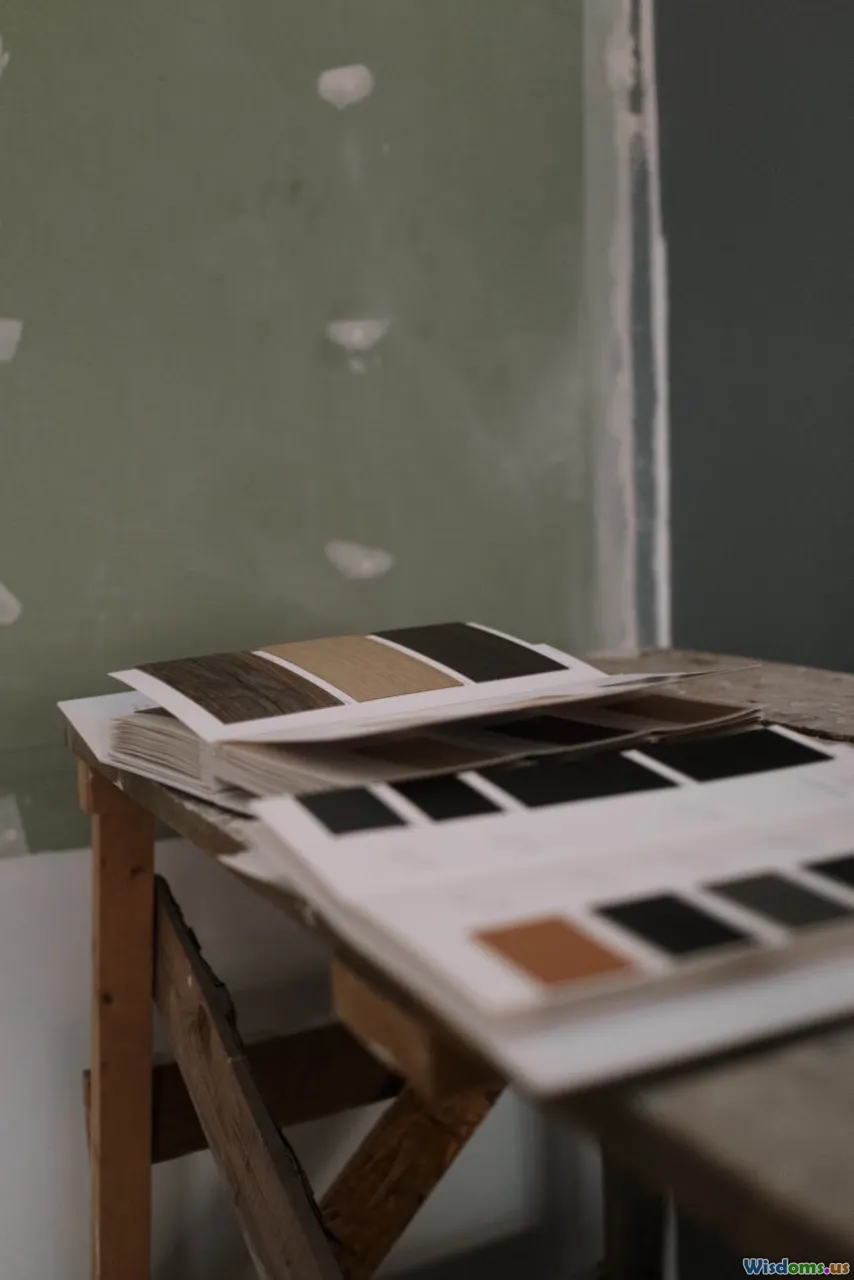
- Overmatching or Overcontrasting: Avoid exact color-matching new elements—this can make modern interventions look artificial. At the same time, extreme starkness can make buildings seem disconnected.
- Ignoring Detailing: Where brick meets a non-masonry material, sloppy joints or ill-fitted flashing quickly undermine durability and design intent. Diligent technical detailing is key.
- Failure to Update Services: Renovations blending old and new often stumble when HVAC or wiring is retrofitted unsympathetically—always coordinate services routing early in design.
The Future of Blended Architecture

Innovative composites, digital fabrication techniques, and environmental performance standards are rewriting rules for mixing materials. Secure data for smart glass, 3D-printed brick, and adaptive insulation systems can now amplify the strengths of classic and ultra-modern elements.
Hybrid detailing—like prefabricated window systems with brick lintel references, or steel screens with ceramic brick inlays—are becoming mainstays of leading urban projects. By coupling structural ingenuity with historical reverence, architects and builders can ensure tradition and innovation work in concert.
Blending brick with new materials, when done with creative rigor and craft, doesn't just produce beautiful architecture. It forges a dialogue between generations—making every wall and window a story of both memory and progress.
Rate the Post
User Reviews
Popular Posts










